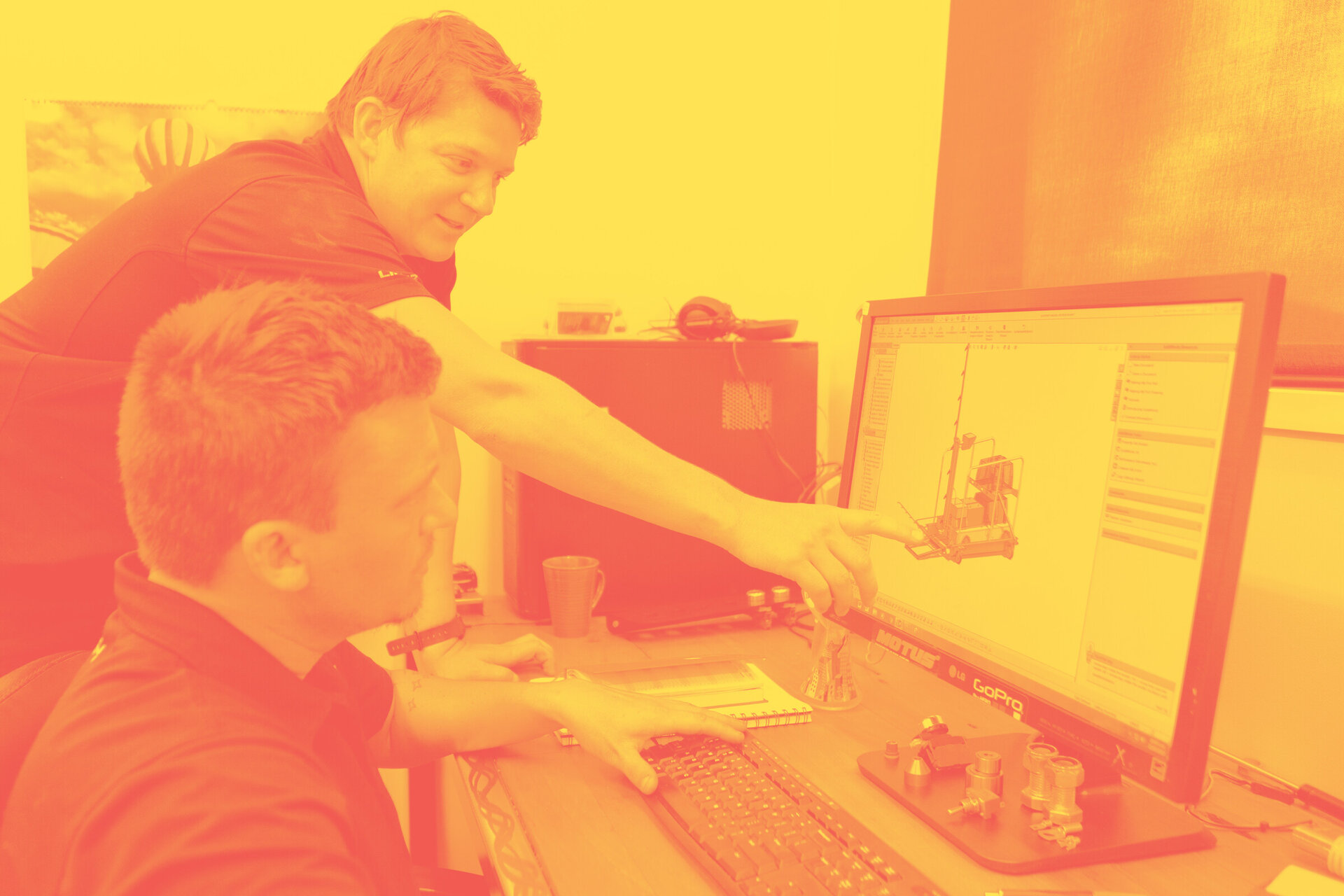“Once you recognise you have a good idea, the key is to build up a team of people around you with the knowledge and expertise to actually pull it off. I’m very proud of the team we have built; we’ve managed to achieve a lot in a short timeframe, and with a small budget.”
Introducing Map and Zap, the team of scientists and technologists striving to make weed control a more sustainable practice, through their new AI-based weed ID and laser technology system.
Map and Zap is one of the companies currently taking part in Cohort B of the 2021 Sprout 2021 Accelerator.
Here we caught up with founder Kioumars Ghamkhar.
Q. Tell us about Map and Zap - what does your product do?
Map and Zap is an AI-based imaging and laser technology system that identifies and kills weeds without the need for any chemicals.
Integrated initially with ground-based systems, the automated system uses AI to identify and map the location of weeds, with the in-built ‘zapping system’ targeting that exact location and killing the weeds.
Q. What are the problems you’re looking to solve with Map and Zap?
The system looks to solve three fundamental problems. The first problem is that finding weeds can be very difficult, and when you do find them, it's often too late and the weeds are too big. If this happens, even if you manage to control them, they will most likely come back.
One of our system’s core strengths is that we’re able to detect weeds much earlier and stop them from spreading. To our knowledge, no other systems are currently capable of detecting weeds at the species level as early as our system.
The second problem we’re looking to solve is the need for frequent chemical spraying for weed control. Even if you’re using chemical based weed control methods, some weeds build resistance to the herbicides. This is an evolutionary and genetic adaptation mechanism by these plants. Our control method takes that concern away as it focuses on thermo-physical control.
The final problem is the huge issue of chemical use. Chemical weed control is extremely environmentally unsustainable and expensive. At present we understand around $31 billion is being spent globally each year on chemical weed control.
Q. Tell us about some of the research you undertook while developing the system.
An important component of the research was identifying different types of weeds and whether our system would be able simultaneously identify up to four weed species and discriminate them from one another and also from the desired plant species in the field. We also looked at different types of laser and their weed killing power and rate.
Another key piece of research we undertook was conversations with New Zealand farmers.
One example of this was a sheep and beef farmer who told us he’s been using chemicals for six years to control a specific type of weed, and he hasn't been able to control it after all that time. So he keeps poisoning his land, soil and water, and he still hasn’t been able to control the weed.
Q. What have been your biggest challenges along the way?
Our biggest challenge has been around integration. We’ve tested the zapping aspect of the system and the mapping aspect separately, and they both work, but we’re yet to test the Map and Zap system as a whole in the field.
We’re extremely lucky in our team, that we have the expertise of people who can implement integration. These skills are hard to come by.
We’re really breaking down walls when it comes to weed control, and we’re very happy about it.
Q. What does a typical day look like for the team at Map and Zap?
They usually include some excitement, followed by frustration, followed by a healthy dose of different opinions and discussions!
The great thing about our team is that everyone will agree on a compromise, and that compromise is always based on knowledge and input from the team. That’s the positive thing about working with an agile group of scientists, and that's why we’re able to move forward with our projects very quickly.
Q. Tell us about the people behind Map and Zap, who makes up your team?
I’m the founder of Map and Zap, and I now have a team of four working with us. I’m what you would call a tech-savvy plant biologist, with around 20 years experience in plant science and 10 years experience working in the plant-tech space. The rest of the team’s background covers an exciting range of tech and digital expertise including system integration, algorithm writing, machine learning, and modelling.
Q. What are your future aspirations for Map and Zap?
Now that we have managed to successfully develop our system, our next goal - which we’re really excited about - is to get the product into the New Zealand market. We’re already in conversations with a couple of interested orchard and horticulture businesses as well as forestry, and it looks like at least one of these will be our first project.
Within the next 2 years we want to have released our first fully integrated and operational system, and once we have this up and running, we’ll be able to conquer the world at a completely different level! So our aspiration would be to get the Map and Zap system into the Australian, Asian and possibly US markets.
Sprout is looking for start-ups with a disruptive idea in AgTech or FoodTech to join us for our 2022 Accelerator intake. Think you have what it takes?
Find out more about our Sprout Accelerator.



